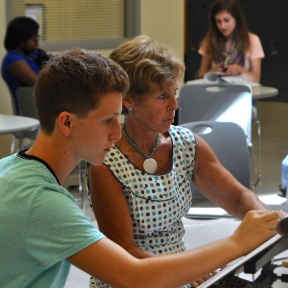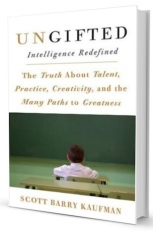Educators and parents everywhere should take the time to watch and discuss American Promise, a documentary that tracks the lives of two African-American boys, Idris Brewster and Seun Summers, over a twelve-year period including shared years at The Dalton School. The filmmakers are Idris’ parents, Michèle Stephenson and Joe Brewster.
Both provocative and intimate, the film stirs thinking about many topics, among them: the experience of African-American boys in independent and public schools, parental anxiety, attention and motivation, the college placement process, and dealing with family tragedy.
Most profound, from my perspective, was the illustration of the impact of the key or (to use Robert Brooks’ term) “charismatic” adult in a child’s life. In this case, the role of charismatic adult is filled for Seun by his public school advisor or guidance counselor. Applause for her! We should wish such a presence for every child in every school setting.
Kudos to Connecticut Association of Independent Schools Commission on Professional Development for leading the way in facilitating shared viewing and discussion in their region.
You’ll find American Promise live-streaming on POV on PBS through March 6.







